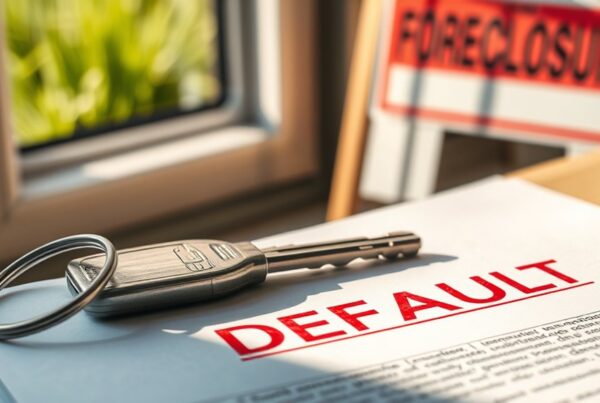Understanding real estate investing terms helps you make smarter decisions and maximize returns. You’ll use the 1% Rule to gauge cash flow, analyze cap rates for ROI, and explore strategies like BRRR or turnkey properties. Metrics like cash-on-cash return and NOI reveal financial health, while financing options like FHA loans or hard money cater to different needs. Factor in costs like closing fees and taxes to guarantee viability. Discover how these concepts shape your investment strategy for long-term success.
Key Takeaways
- Capitalization Rate (Cap Rate) measures potential ROI by dividing NOI by the purchase price.
- Cash Flow is net income post-operating expenses, crucial for financial health.
- BRRR Method involves buying, rehabbing, renting, and refinancing to scale investments.
- 1031 Exchange defers Capital Gains Tax by reinvesting in like-kind properties.
- Acquisition Costs include purchase price, closing costs, and fees, impacting ROI calculations.
Real Estate Investing Terms for Strategies and Property Types
When evaluating real estate investment strategies, it’s important to align property types with financial goals to maximize returns. The 1% Rule helps you identify properties where monthly rent equals at least 1% of the purchase price, ensuring positive cash flow. For a more aggressive approach, the 2% Rule targets higher returns but requires stricter screening. The BRRR Method allows you to buy undervalued properties, rehab them to increase value, rent them out, and then refinance to recoup your initial investment, creating a cycle for scalable growth. Turnkey Properties offer immediate rental income without the need for renovations, making them ideal for passive investors. Multi-Family Homes provide multiple rental income streams, reducing risk and enhancing cash flow stability. Success in the BRRRR strategy often hinges on accurate ARV estimation to ensure refinancing aligns with property value. Each investment strategy, paired with the right property type, offers unique advantages, so you must prioritize cash flow, rental income potential, and long-term financial objectives when refining your investment strategy.
Financial Metrics and Performance Indicators
Capitalization rate helps you compare the potential return on investment across properties by relating NOI to the purchase price. Analyzing cash flow guarantees you’re generating positive income after all expenses, which is critical for sustaining long-term investments. Return on investment quantifies the profitability of your property relative to your initial capital outlay, guiding strategic decisions on acquisitions or exits. Incorporating a Long Term Rental Calculator into your analysis enhances accuracy in financial projections and aids in making informed investment choices.
Capitalization Rate
To assess a property’s potential return on investment, you’ll calculate the Capitalization Rate (Cap Rate) by dividing the Net Operating Income (NOI) by its current market value or purchase price, yielding a percentage. This metric helps you compare investment opportunities and evaluate properties for profitability. A lower Cap Rate often indicates a lower risk investment, typically tied to stable cash flows or prime locations, while a higher Cap Rate suggests higher risk, often associated with distressed assets. Cap Rates vary by property type; multifamily properties might range from 4% to 8%, whereas commercial properties can span 6% to 12%. Use this data-driven approach to strategically assess risk investment and align your decisions with market conditions. Incorporating insights from rental market analysis ensures you set optimal prices that maximize long-term profitability.
| Property Type | Cap Rate Range | Risk Level |
|---|---|---|
| Multifamily | 4% – 8% | Low to Moderate |
| Commercial | 6% – 12% | Moderate to High |
| Distressed Assets | 8%+ | High |
Cash Flow
Cash flow serves as a pivotal financial metric in real estate investing, measuring the net income generated by a property after all operating expenses are accounted for. You calculate it by subtracting operating expenses, such as maintenance, utilities, and management fees, from the gross rental income. Achieving positive cash flow guarantees the property generates more income than costs, which is critical for maintaining financial health and funding future investments. Analyzing cash flow helps you assess a property investment’s viability, as it impacts your ability to cover mortgage payments and achieve a return on investment. Metrics like cash-on-cash return, which compares annual cash flow to the cash invested, provide deeper insights into performance. Strong cash flow potential often signals a more sustainable and profitable long-term property investment. Utilizing Long Term Rental Calculators can assist in assessing rental profitability and ROI more accurately.
Return on Investment
Return on Investment (ROI) quantifies the financial performance of a property investment by comparing net profit to the initial cost, expressed as a percentage. You calculate ROI by dividing net profit by investment cost and multiplying by 100. A positive ROI signals profitability, while a negative ROI indicates a loss. When evaluating real estate, consider both rental income and property appreciation to gauge long-term returns. However, make certain you account for all expenses like closing costs, maintenance, and tax, as they directly impact your net profit. ROI serves as a strategic tool for comparing investment opportunities, helping you prioritize properties that align with your financial goals. Leveraging Google Analytics can enhance your ROI by optimizing rental marketing strategies and identifying areas for improvement. By analyzing ROI, you can refine your investment strategy, making certain you maximize returns while minimizing risks in real estate ventures.
Financing and Loans

Understanding financing options is essential when investing in real estate, as it directly impacts both affordability and long-term profitability. Start by evaluating loan types like an FHA Loan, which requires a low down payment, typically 3-5%, making it ideal for first-time buyers. A Fixed-Rate Mortgage offers stability with a constant interest rate, ensuring predictable monthly payments. Analyze the Loan-to-Value Ratio (LTV), as a lower LTV reduces lender risk and improves your terms. If your down payment is under 20% on a conventional loan, you’ll likely need Private Mortgage Insurance (PMI), which increases costs but protects lenders if the borrower fails to repay. For leveraging equity, consider a Home Equity Line of Credit (HELOC), providing flexible access to funds for investments or improvements. When considering short-term projects like house flipping, explore Hard money loans, which offer quick funding and less stringent qualifications but come with higher interest rates. Strategically deciding on your mortgage amount, down payment, and interest rate can optimize your financial position in real estate.
Property Management and Ownership
After securing financing, the focus shifts to managing and maximizing your real estate investment. Effective property management guarantees your rental property remains profitable by minimizing the vacancy rate and optimizing cash flow. Whether you’re handling it yourself or hiring a professional, understanding key strategies is essential.
- House hacking: Offset mortgage costs by renting out extra space, turning your primary residence into an income-generating asset.
- Tenant screening: Use rigorous processes to secure reliable tenants, reducing turnover and maintenance costs.
- Management fee: Allocate 8%–12% of monthly rent for professional property management, especially for commercial property or remote investments.
Property owners must balance hands-on involvement with outsourcing tasks to maintain efficiency. Remote investing, for example, often relies on property management companies to handle repairs, marketing, and tenant relations. Utilizing a Long-Term Rental CRM can streamline tenant communication and automate routine tasks, enhancing overall operational efficiency. By optimizing these elements, you’ll strengthen the long-term performance of your real estate investments.
Legal and Regulatory Considerations

When steering real estate investments, you’ll encounter legal and regulatory frameworks that greatly impact your decisions and outcomes. The Fair Housing Act guarantees you avoid discrimination in real estate transactions, fostering equal access to housing. To optimize tax efficiency, leverage a 1031 Exchange to defer Capital Gains Tax when selling an investment property, provided you reinvest in a like-kind asset. Always verify a Clear Title to ascertain the property is free of legal encumbrances, safeguarding your ownership rights. Be mindful of Ad Valorem Tax, a property tax based on the assessed value, which can greatly influence your holding costs. Understanding these regulations helps you navigate complexities, mitigate risks, and maximize returns. Staying compliant not only protects your investments but also positions you strategically in a competitive market. Legal and regulatory awareness is a cornerstone of sustainable real estate investing. Consider exploring seller financing to enhance transaction efficiency and financial predictability in your real estate deals.
Acquisition, Costs, and Financial Obligations
You’ll need to account for a property’s acquisition cost, which typically includes the purchase price and closing costs averaging 3%–4% of the loan amount. Closing costs, such as title insurance, appraisals, and attorney fees, directly affect your upfront financial commitment. Managing debt and capital efficiently guarantees your equity grows while minimizing exposure to capital gains tax risks.
Acquisition Cost Breakdown
Acquisition costs represent the total financial outlay required to purchase a property, encompassing the purchase price, closing costs, and additional fees like inspections or appraisals. These costs are critical to understanding the investment required and guaranteeing a solid calculation of your potential return on investment. When evaluating a property, consider these key elements:
- Purchase Price: The primary component of acquisition cost, forming the base of your financial obligations.
- Closing Costs: Typically 3% to 4% of the loan amount, covering title insurance, attorney fees, and loan origination.
- Additional Fees: Includes inspections, appraisals, and other expenses tied to the property purchase process.
Don’t overlook ongoing costs like property taxes, insurance, and maintenance costs, which impact long-term cash flow. Accurately estimating acquisition costs guarantees you avoid surprises and make strategic, informed decisions.
Closing Cost Components
Closing costs represent a significant portion of your financial obligations when acquiring a property, typically ranging from 3% to 4% of the loan amount. You’ll encounter loan origination fees, which lenders charge at 0.5% to 1% of the loan amount for processing your mortgage. Property taxes, prorated at closing, guarantee you reimburse the seller for the period they owned the property. Homeowners insurance, often required by lenders, protects against property damage and is typically included in closing costs. Appraisal fees cover the property’s valuation, while title insurance safeguards against ownership disputes. Mortgage insurance premiums (MIP) may apply if your down payment is below 20%. Escrow reserves, collected upfront, prepay future property taxes and insurance. These fees collectively guarantee a seamless property acquisition process.
Debt and Capital Management
When managing debt and capital in real estate, it’s critical to account for acquisition costs, which extend beyond the purchase price to include closing expenses, fees, and other financial obligations typically totaling 3% to 4% of the loan amount. Effective debt service planning guarantees you can meet principal and interest payments, leveraging cash flow projections to maintain financial stability.
- Equity: Calculate it as the difference between the property’s market value and the outstanding mortgage balance, boosting your net worth over time.
- Closing Costs: Factor in title insurance, appraisals, and loan fees, often amounting to thousands upfront.
- Capital Gains Tax: Anticipate its impact on your return on investment by considering holding periods and tax rates.
Strategic management of these elements maximizes your investment’s potential while mitigating risks.
Conclusion
Mastering real estate investing isn’t just about owning property—it’s about leveraging data-driven strategies to maximize returns. You’ll navigate financial metrics, secure loans, and manage costs with precision. Yet, like a chessboard, every move carries risk and reward. The key? Stay strategic, adapt to regulations, and optimize performance. Remember, your portfolio isn’t just an asset; it’s a reflection of your foresight—and your future. Play wisely.




